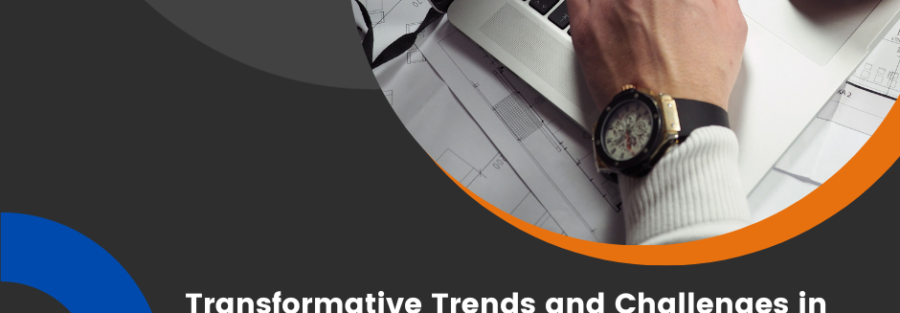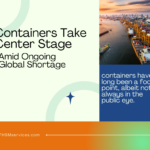Transportation is the lifeblood of modern society, enabling the movement of people, goods, and ideas across vast distances. As technology continues to evolve at an unprecedented pace, the transportation sector is experiencing revolutionary changes that are reshaping the way we travel, ship goods, and envision the future of mobility. This article delves into the transformative trends, challenges, and innovations shaping the landscape of transportation, exploring the remarkable developments and the road ahead.
Emerging Trends in Transportation:
**1. ** Electric and Autonomous Vehicles: Electric vehicles (EVs) are at the forefront of the transportation revolution, promising reduced emissions and a greener future. Coupled with autonomous technology, these vehicles have the potential to transform urban mobility, making transportation safer, more efficient, and convenient.
**2. ** Smart Infrastructure: The integration of smart technology into transportation infrastructure is enhancing efficiency and safety. Smart traffic management systems, real-time monitoring, and predictive analytics optimize traffic flow, reduce congestion, and minimize accidents.
**3. ** Shared Mobility: The rise of ride-sharing platforms, carpooling services, and bike-sharing initiatives is changing the way people commute. Shared mobility options promote sustainability, reduce traffic, and offer affordable alternatives to traditional transportation methods.
**4. ** Hyperloop and High-Speed Rail: Ambitious projects like the Hyperloop and high-speed rail networks are redefining long-distance travel. These technologies have the potential to revolutionize intercity transportation, reducing travel times and enhancing connectivity between major cities.
**5. ** Drone Delivery: Unmanned aerial vehicles (drones) are being explored for the delivery of goods, especially in remote or congested areas. Drone delivery services have the potential to revolutionize the logistics industry, making deliveries faster and more efficient.
Challenges in Modern Transportation:
**1. ** Infrastructure Development: Aging infrastructure, especially in urban areas, poses a significant challenge. Investments in roadways, bridges, and public transportation systems are crucial to ensuring safe and efficient transportation for growing populations.
**2. ** Environmental Impact: Transportation is a major contributor to greenhouse gas emissions. The transition to electric vehicles and sustainable fuels is essential to mitigating the environmental impact of transportation.
**3. ** Regulatory Hurdles: The integration of autonomous vehicles into existing transportation systems requires the development of comprehensive regulations. Policymakers face the challenge of ensuring safety, privacy, and standardization in this evolving landscape.
**4. ** Security Concerns: With the increasing reliance on connected technologies, transportation systems are vulnerable to cybersecurity threats. Ensuring the security of transportation networks and data is a pressing concern for industry stakeholders.
Innovations Driving Change:
**1. ** Alternative Fuels: The development of biofuels, hydrogen fuel cells, and other sustainable energy sources is reducing the dependency on fossil fuels. These innovations promote cleaner transportation options and contribute to environmental conservation.
**2. ** Data Analytics: Big data and analytics play a vital role in optimizing transportation systems. Predictive analytics enable better route planning, demand forecasting, and traffic management, enhancing overall efficiency.
**3. ** Internet of Things (IoT): IoT technology enables real-time monitoring of vehicles and infrastructure. Connected sensors and devices enhance safety, provide valuable data for analysis, and enable proactive maintenance of transportation assets.
**4. ** Urban Mobility Solutions: Urban planners are embracing innovative solutions such as smart parking systems, bike lanes, pedestrian-friendly zones, and efficient public transportation networks. These initiatives aim to reduce congestion and improve the overall urban commuting experience.
Conclusion: Navigating the Future of Transportation
The future of transportation is undeniably exciting, with innovations promising unprecedented levels of efficiency, safety, and sustainability. However, the challenges that accompany these advancements require careful consideration and strategic planning. Stakeholders, including governments, industries, and communities, must collaborate to address infrastructure needs, regulatory frameworks, and environmental concerns. By embracing the transformative trends while proactively addressing challenges, the transportation sector can pave the way for a future where mobility is seamless, accessible, and environmentally responsible. As we navigate the road ahead, the fusion of innovation, collaboration, and strategic vision will drive the evolution of transportation, shaping a future where the world moves smarter, faster, and greener.




